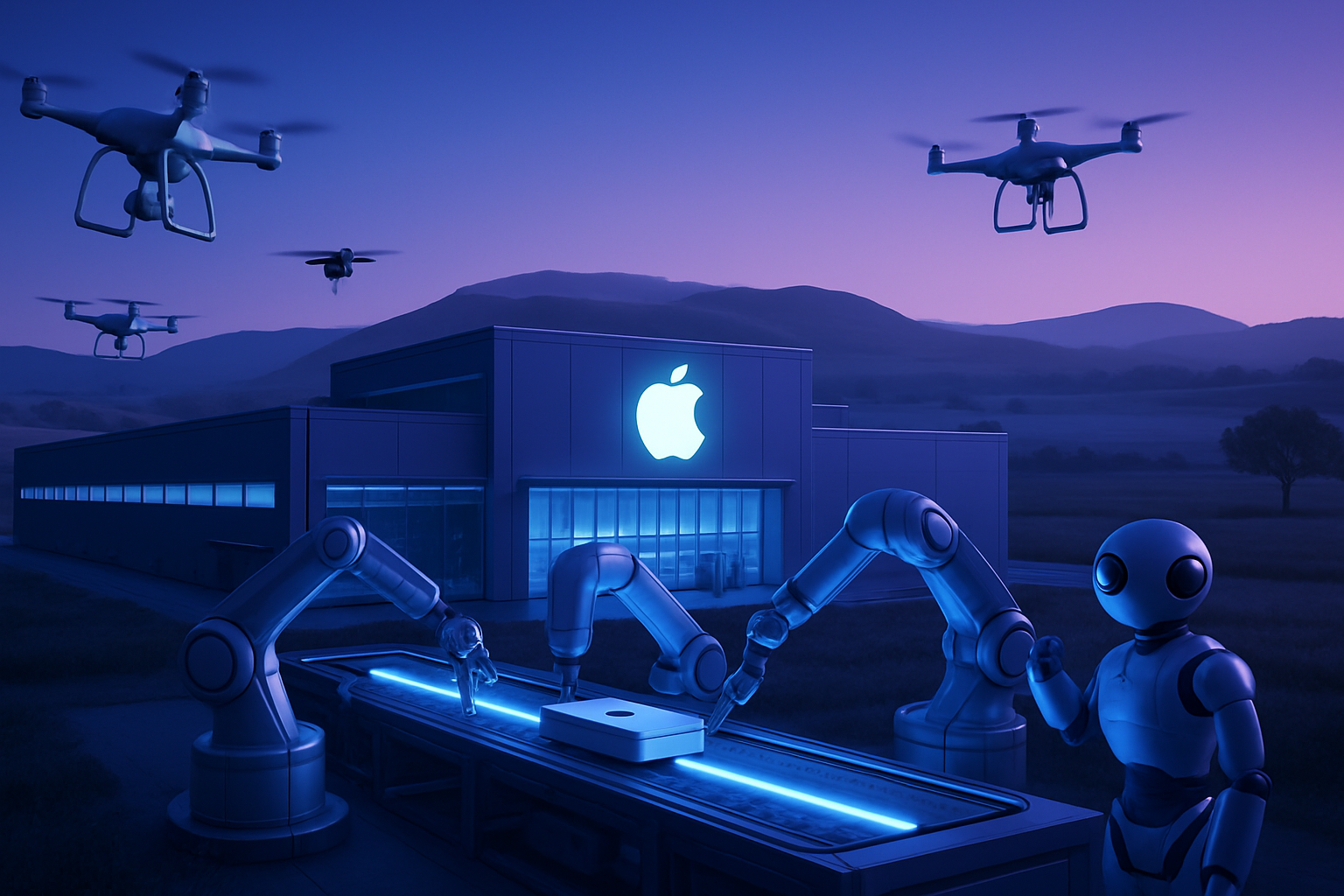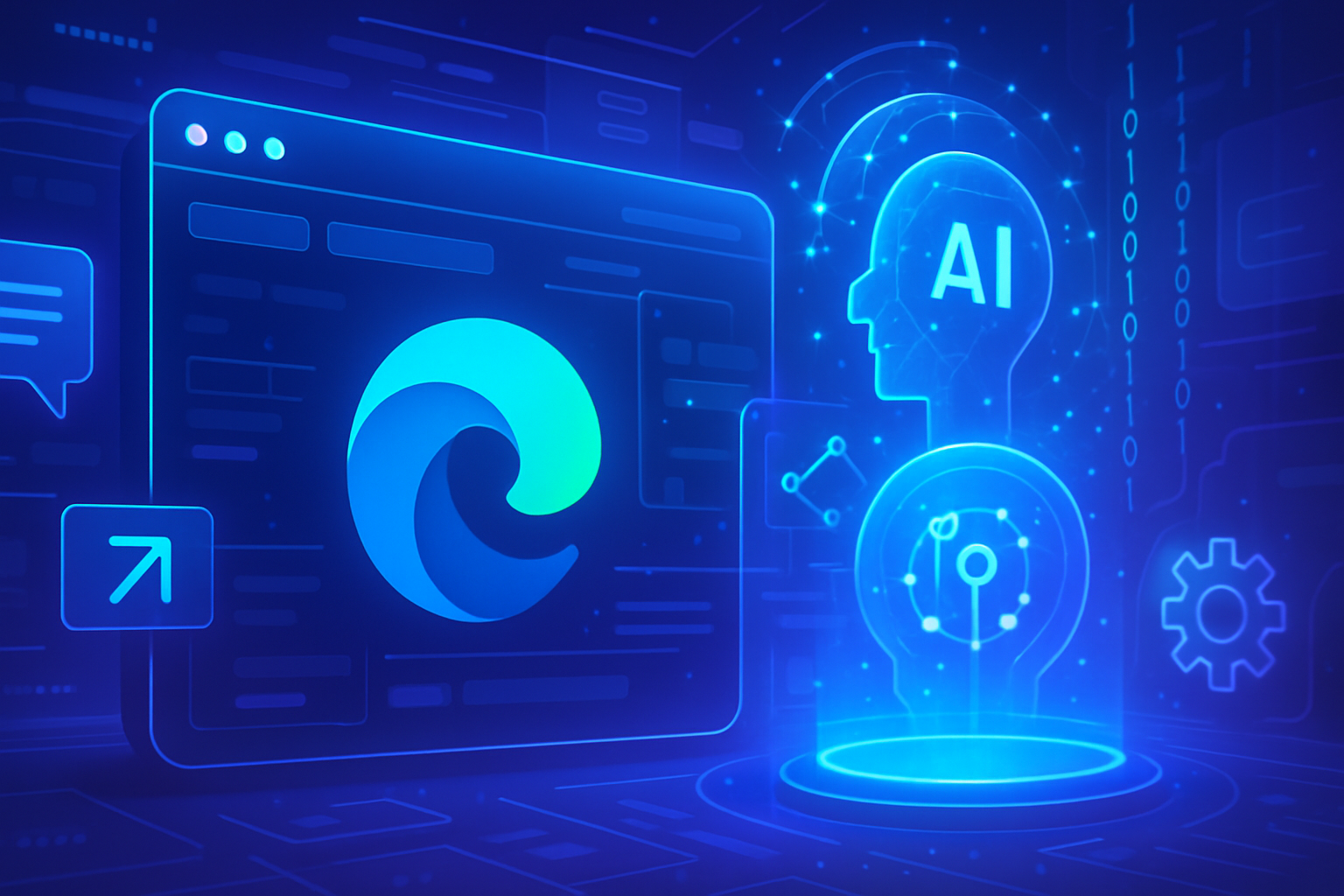OpenAI and Broadcom are partnering to design a chip specialized in artificial intelligence inference. This initiative responds to a growing demand for innovative solutions in the face of modern technological challenges. The partnership is not limited to the simple manufacturing of integrated circuits, but aspires to transform the AI ecosystem by reducing dependency on dominant players like Nvidia. The companies aim to create hardware capable of handling user requests with increased efficiency and minimal latency. This project, supported by TSMC, underscores the crucial importance of an optimized architecture to enhance the performance of AI models.
Strategic collaboration between OpenAI and Broadcom
OpenAI is collaborating with Broadcom to develop a new chip dedicated to artificial intelligence inference. This initiative, reported by sources close to the matter, focuses on creating optimized hardware to run AI models post-training.
Details on chip development
Discussions between OpenAI and Broadcom on this chip project began several months ago. This partnership aims to reduce OpenAI’s reliance on dominant players like Nvidia, which controls the market for graphics processing units (GPUs) traditionally used for training AI models.
OpenAI is not only focused on the graphical aspect; its goal lies in designing a specialized chip to efficiently handle user requests. This process, known as inference, has become crucial for technology companies increasingly engaging in complex AI-based tasks.
Partnerships with the manufacturing sector
OpenAI is also looking to collaborate with Taiwan Semiconductor Manufacturing Co (TSMC), the largest chip manufacturer in the world. This consortium with TSMC could allow OpenAI to accelerate the market introduction of its new technology.
Although chip development involves significant timelines and costs, the choice to partner with companies such as Broadcom and TSMC indicates a pragmatic strategy to access specialized resources and production infrastructure.
Insights into the future of AI inference
Investors anticipate substantial growth in demand for chips capable of processing inference operations. This need will intensify as more technology companies integrate AI into their service offerings.
Future projects of OpenAI
OpenAI plans to continue its research on building a network of foundries, but experts suggest that partnering to produce customized chips in a reasonable timeframe is the wiser approach. The original research objectives, aimed at creating internal manufacturing capability, seem to have softened in favor of a focus on external collaborations.
This strategic shift demonstrates how OpenAI seeks to strengthen its market position, a move that could influence the technological ecosystem in the long term. Ongoing developments deserve close attention as OpenAI continues to be at the forefront of innovation in artificial intelligence.
Frequently asked questions
What are the goals of the collaboration between OpenAI and Broadcom?
The collaboration aims to develop a chip dedicated to artificial intelligence inference, enabling efficient execution of AI models after their training.
Why does OpenAI choose to work with Broadcom?
OpenAI opts for Broadcom to leverage its expertise in chip manufacturing, which will allow it to reduce its dependence on Nvidia and accelerate its technological development.
What is TSMC’s role in this partnership?
TSMC, as the leading manufacturer of integrated circuits, is consulted for the production of these new chips, ensuring large-scale and efficient manufacturing.
How will the developed chip differ from traditional GPUs?
The chip will primarily focus on the inference phase, allowing faster and more specific handling of user requests, unlike GPUs that are used for training models.
What is the importance of inference in AI models?
Inference is crucial because it enables AI models to respond to user inputs and provide results based on the data they have already processed.
Does OpenAI plan to manufacture its own chips in the future?
Although OpenAI initially considered creating its own manufacturing capabilities, it has realized that collaborating with partners like Broadcom is a faster and more feasible approach.
What benefits do OpenAI and Broadcom expect from this dedicated chip?
Both companies hope that this chip will enhance the performance of their AI systems while reducing costs associated with technological infrastructure.
When can we expect to see the first applications of these chips?
It is still too early to determine a precise date, as the project is still in its initial stages and the chip manufacturing process can be lengthy.






